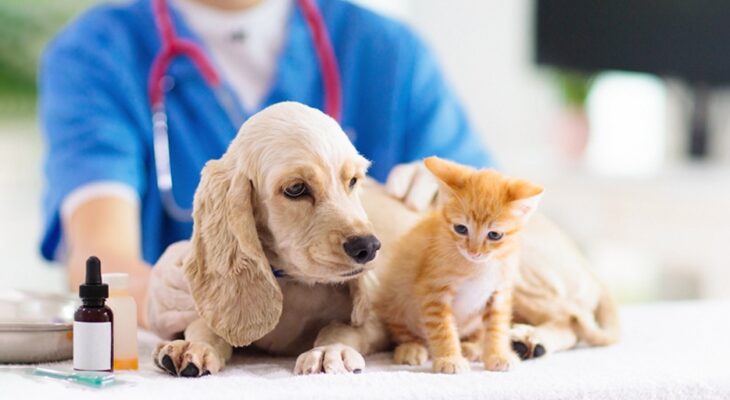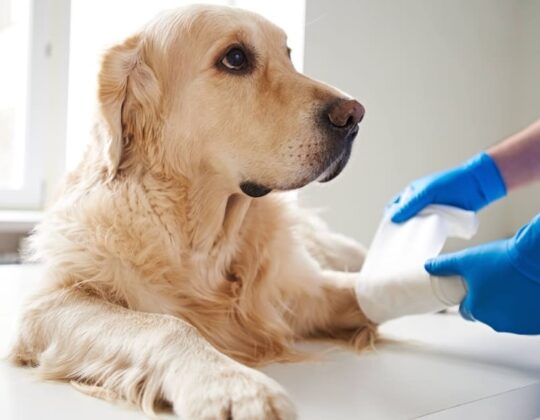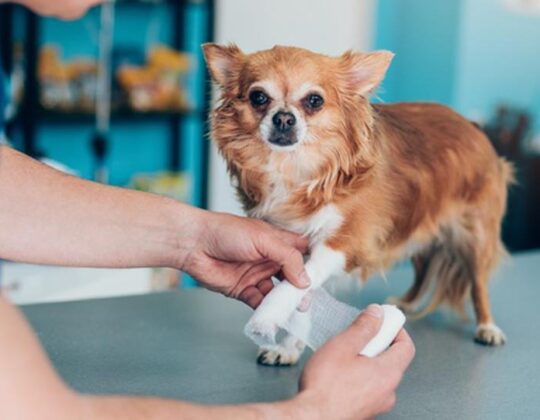Owning a pet brings immense joy, companionship, and, inevitably, responsibilities. One essential responsibility is ensuring the health and well-being of your furry friend. This is where pet insurance emerges as a valuable tool, not only for the emotional comfort it provides but also for the potential financial savings it can offer. In this article, we’ll explore the economic dimensions of pet insurance and how it can be a smart investment in both your pet’s health and your wallet.
1. The Cost of Pet Healthcare:
Pet ownership comes with various expenses, and veterinary care is a significant component. Routine check-ups, vaccinations, dental care, and unexpected illnesses or accidents can lead to substantial veterinary bills. As veterinary medicine advances, so do the available treatments and procedures, often accompanied by higher costs. Recognizing the financial implications of pet healthcare is the first step in understanding the potential savings offered by pet insurance.
2. How Pet Insurance Works:
Pet insurance operates on a reimbursement model. When your pet receives veterinary care, you pay the veterinary bill upfront. Subsequently, you submit a claim to the insurance provider, and, once approved, you receive a reimbursement for eligible expenses based on the policy terms. This system allows pet owners to focus on their pets’ health without facing the full brunt of veterinary costs.
3. Types of Pet Insurance Coverage:
Pet insurance plans offer various levels of coverage, and the extent of coverage influences the potential savings. The primary types of coverage include:
Accident-Only Coverage: This type of coverage focuses on injuries resulting from accidents, such as broken bones or injuries from vehicle accidents.
Accident and Illness Coverage: A more comprehensive option that covers both accidents and illnesses, including conditions like infections, allergies, and chronic diseases.
Wellness or Preventive Care Coverage: Some plans include coverage for routine and preventive care, such as vaccinations, dental cleanings, and annual check-ups.
Hereditary and Congenital Condition Coverage: Certain policies cover hereditary and congenital conditions, providing protection for conditions that may be present at birth or develop over time due to genetic factors.
4. The Economic Benefits of Pet Insurance:
Financial Protection Against Unexpected Costs: The primary benefit of pet insurance is the financial protection it offers against unexpected veterinary costs. In the event of accidents, injuries, or sudden illnesses, having insurance can significantly reduce the financial burden on pet owners.
Reimbursement for Veterinary Bills: Pet insurance reimburses a percentage of eligible veterinary bills, allowing pet owners to recover a significant portion of their expenses. This reimbursement can make high-quality veterinary care more accessible.
Budget Predictability: Pet insurance provides a level of predictability to your budget. Instead of facing unpredictable and potentially substantial veterinary bills, you can plan for regular insurance premiums, making it easier to manage your pet-related expenses.
Access to Advanced Veterinary Care: With the financial support of pet insurance, pet owners may be more inclined to pursue advanced veterinary treatments and procedures that can enhance the quality of care for their pets. This includes surgeries, diagnostic imaging, and specialist consultations.
5. Factors Influencing Savings:
Several factors influence how much pet insurance can save you:
Coverage Type: The extent of coverage plays a significant role. Comprehensive coverage that includes accidents, illnesses, and preventive care may result in more substantial savings.
Deductible: The deductible is the amount you must pay out of pocket before the insurance coverage kicks in. Higher deductibles often lead to lower premiums but require a larger upfront payment for veterinary care.
Reimbursement Percentage: Pet insurance policies specify the percentage of veterinary costs that will be reimbursed. Common reimbursement percentages range from 70% to 90%. Higher reimbursement percentages generally mean greater savings for the pet owner.
Annual Maximum: Policies may have an annual maximum, limiting the total amount the insurance will pay out in a given year. Consider this limit when assessing potential savings.
Pet’s Age and Breed: The age and breed of your pet can impact insurance premiums. Younger pets may have lower premiums, and certain breeds may be prone to specific health issues that influence costs.
6. Real-Life Scenarios:
Let’s explore a few hypothetical scenarios to illustrate the potential savings with pet insurance:
Scenario 1: Accident or Injury: If your pet is involved in an accident or sustains an injury, the veterinary costs for emergency care, diagnostics, and treatment can be substantial. With pet insurance, you may only be responsible for a portion of these costs, depending on your coverage.
Scenario 2: Chronic Illness: Pets, especially as they age, may develop chronic illnesses that require ongoing medical attention. The costs of medications, regular veterinary visits, and monitoring can accumulate. Pet insurance can alleviate a significant portion of these ongoing expenses.
Scenario 3: Preventive Care: Routine wellness exams, vaccinations, and dental cleanings are crucial for maintaining your pet’s health. If your policy includes preventive care coverage, you can receive reimbursements for these routine expenses, promoting proactive pet healthcare.
7. Tips for Maximizing Pet Insurance Savings:
Choose an Appropriate Coverage Level: Select a coverage level that aligns with your pet’s needs and your budget. Consider factors such as your pet’s age, breed, and any pre-existing conditions.
Maintain Preventive Care: If your policy includes preventive care coverage, take advantage of it. Regular veterinary check-ups, vaccinations, and dental cleanings contribute to your pet’s overall well-being and may result in long-term savings.
Understand Policy Terms: Familiarize yourself with the details of your pet insurance policy, including exclusions, waiting periods, and coverage limits. Understanding the terms ensures that you make informed decisions about your pet’s healthcare.
Compare Insurance Providers: Research and compare insurance providers to find the best fit for your needs. Consider factors such as premiums, coverage options, customer reviews, and the provider’s reputation.
Consider Multi-Pet Discounts: If you have multiple pets, inquire about multi-pet discounts. Some insurance providers offer discounts for insuring more than one pet.
8. Conclusion: A Wise Investment in Your Pet’s Well-Being
Pet insurance goes beyond providing financial protection; it offers peace of mind and the opportunity to provide optimal healthcare for your furry family member. While the economic value of pet insurance is evident in potential savings, its true worth lies in the ability to make decisions about your pet’s health based on their needs rather than financial constraints.
As a responsible pet owner, investing in pet insurance can be a wise and compassionate choice. It ensures that your pet receives the care they deserve without compromising your financial stability. By embracing the economic benefits of pet insurance, you not only safeguard your wallet but also nurture a relationship with your pet built on the foundation of comprehensive and accessible healthcare. Remember, a healthy and happy pet is a testament to the care and commitment you provide, and pet insurance is a valuable tool in that journey.









